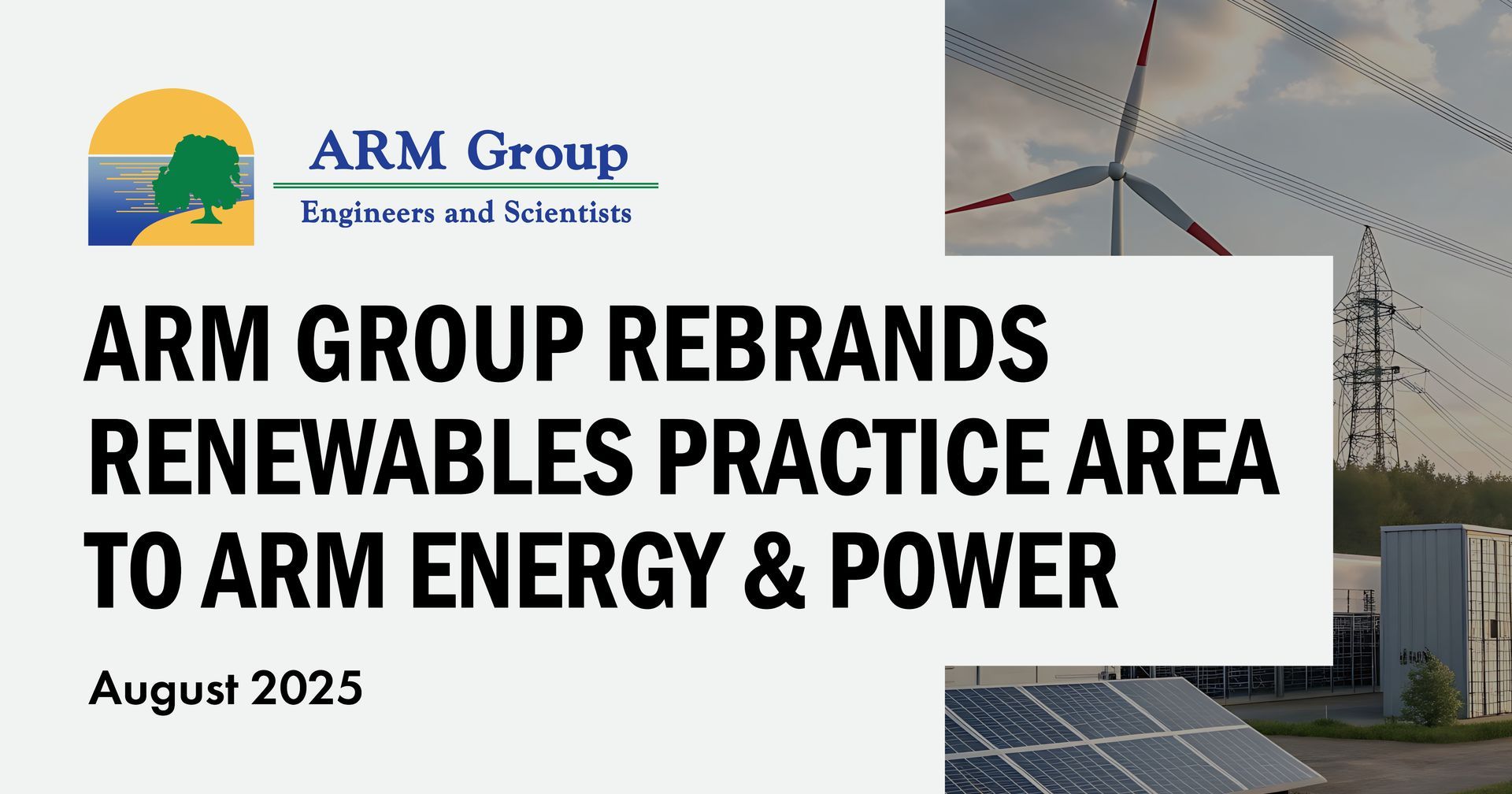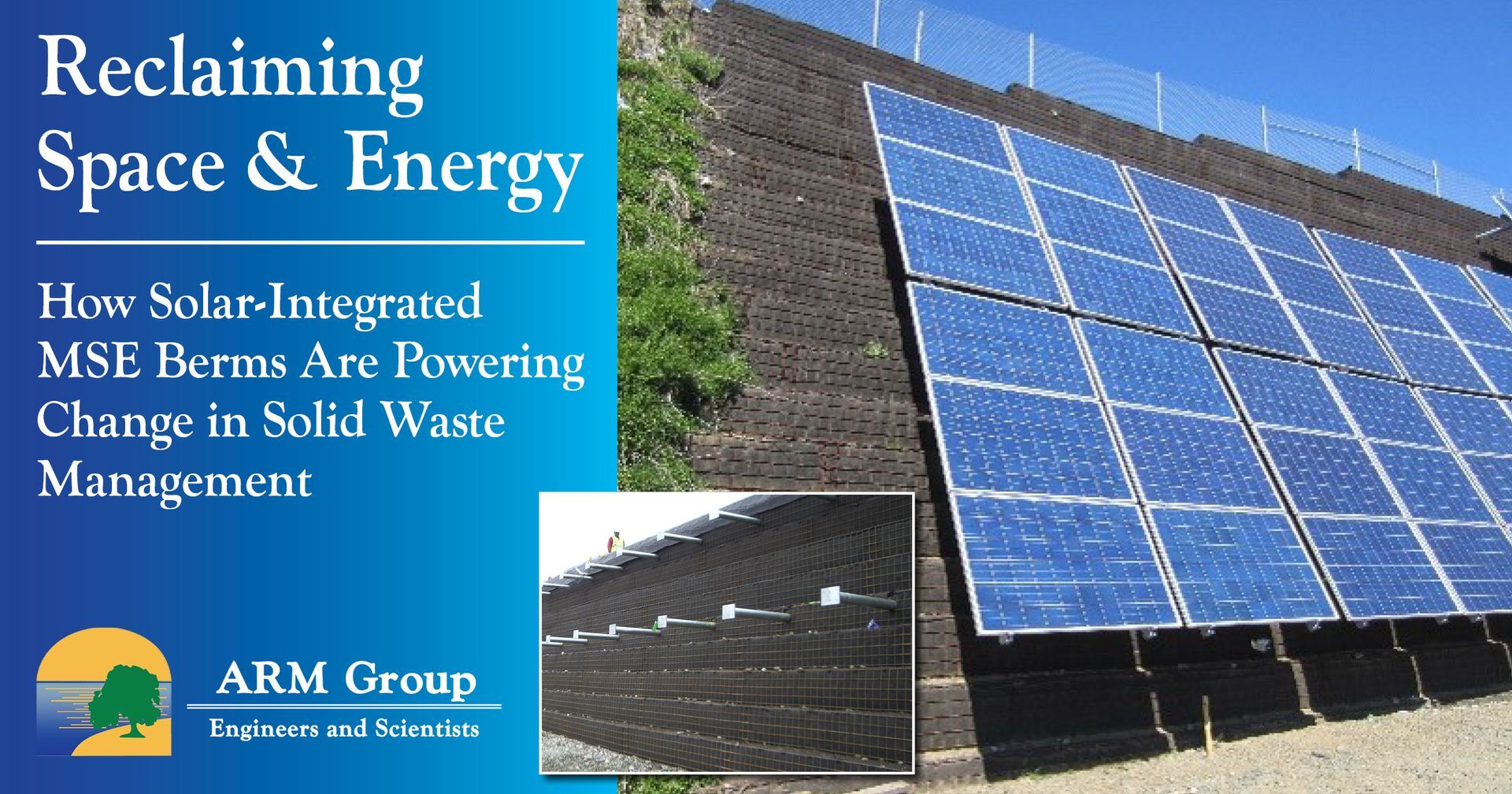ARM is Pleased to Announce PA's Solar Renewable Energy Credit Border is Closed!
ARM is pleased to announce that the Pennsylvania solar renewable energy credit (SREC) border is now closed, thanks to Bill HB #118, which has been signed by Governor Wolf! For those unfamiliar with solar and the incentives, SRECs are provided to solar systems based on their MWh (megawatt per hour) production each year. The PA SREC price has been pushed down the past 7-8 years due to legislation that allowed other states to purchase PA SRECs, which essentially subsidized solar projects with PA tax dollars in other states like NC and VA. PA SREC prices currently sit at $2.75 / MWh, which are essentially worthless. In NJ, SRECs are valued at $185 / MWh and MA SRECs are valued at $315 / MWh. These incentives can be purchased in 3, 5 and 10 year strips which lock in the SREC price and make solar projects more financially feasible. Solar systems are also eligible for the 30% income tax credit (ITC) and an accelerated 5 year depreciation (Modified Accelerated Cost Recovery System / MACRS), which allows 30% of the total system cost to be recovered as tax credits and MACRS allows the project to be depreciated very quickly over 5 years. Businesses value these tax credits because not only are they getting a system that pays for itself in electricity production, but also lowers their taxable income.
The border closing is expected to positively shift the PA solar market dramatically in the next three years! The passage of the bill along with an increase in the state renewable energy portfolio (RPS) for solar is expected to create a solar boom in utility scale solar like in NC in prior years. For reference, North Carolina currently has the second highest amount of solar installations in the US, only behind CA. Closing the SREC border could push prices closer to the NJ SREC prices of $185, which would be very lucrative.
For those interested, there will be a Pennsylvania Solar Future (PASF) meeting in Harrisburg this December 7th, pushing for more renewable energy legislation. The PASF is now pushing the next phase of solar reforms which seek to increase the state RPS for solar to 10% by 2030. The RPS is the amount of in-state electricity sales that come from in-state solar energy generation, which currently sits at a very small percentage of 0.5%. PASF is a program that is funded by a $550,000 US Department of Energy SunShot Initiative.










